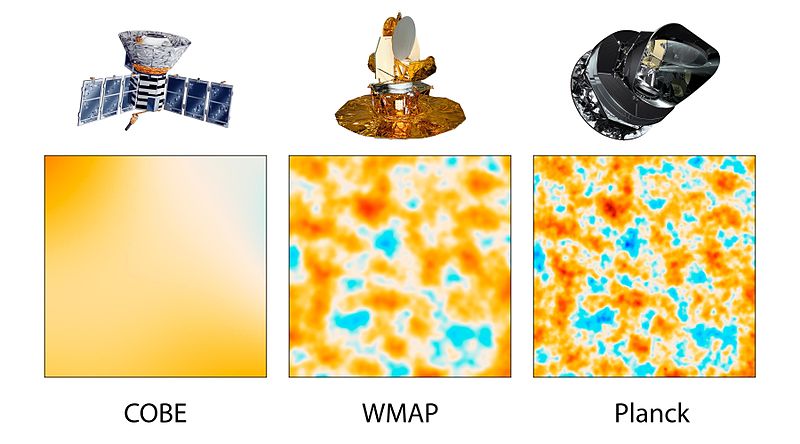File:PIA16874-CobeWmapPlanckComparison-20130321.jpg
外觀

預覽大小:800 × 444 像素。 其他解析度:320 × 178 像素 | 640 × 356 像素 | 1,024 × 569 像素 | 1,280 × 711 像素 | 3,600 × 2,000 像素。
原始檔案 (3,600 × 2,000 像素,檔案大小:429 KB,MIME 類型:image/jpeg)
檔案歷史
點選日期/時間以檢視該時間的檔案版本。
| 日期/時間 | 縮圖 | 尺寸 | 用戶 | 備註 | |
|---|---|---|---|---|---|
| 目前 | 2013年3月23日 (六) 00:48 |  | 3,600 × 2,000(429 KB) | Nagualdesign | White background. I tried to upload this as a derivative file but Derivative FX kept hanging. (IE9 user.) |
| 2013年3月22日 (五) 02:31 |  | 3,600 × 2,000(421 KB) | Drbogdan | User created page with UploadWizard |
檔案用途
下列5個頁面有用到此檔案:
全域檔案使用狀況
以下其他 wiki 使用了這個檔案:
- ar.wikipedia.org 的使用狀況
- de.wikipedia.org 的使用狀況
- el.wikipedia.org 的使用狀況
- en.wikipedia.org 的使用狀況
- es.wikipedia.org 的使用狀況
- eu.wikipedia.org 的使用狀況
- fi.wikipedia.org 的使用狀況
- fr.wikipedia.org 的使用狀況
- he.wikipedia.org 的使用狀況
- id.wikipedia.org 的使用狀況
- ig.wikipedia.org 的使用狀況
- it.wikipedia.org 的使用狀況
- ko.wikipedia.org 的使用狀況
- nl.wikipedia.org 的使用狀況
- pl.wikipedia.org 的使用狀況
- pt.wikipedia.org 的使用狀況
- ru.wikipedia.org 的使用狀況
- ru.wikinews.org 的使用狀況
- sl.wikipedia.org 的使用狀況
- sr.wikipedia.org 的使用狀況
- sv.wikipedia.org 的使用狀況
- uk.wikipedia.org 的使用狀況
- vi.wikipedia.org 的使用狀況



